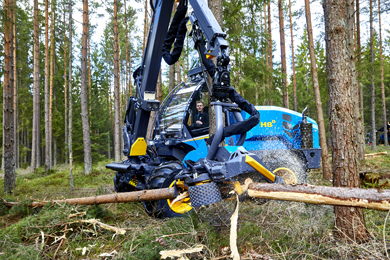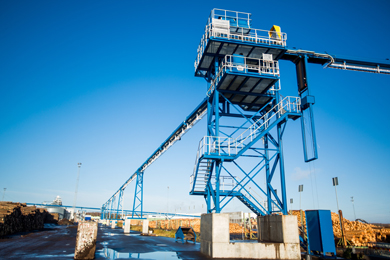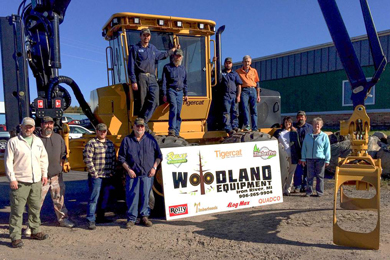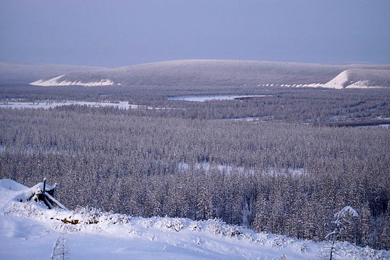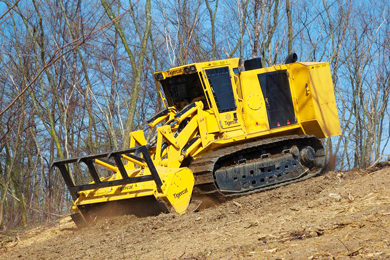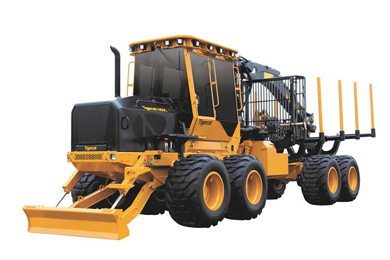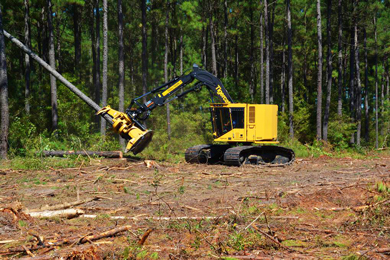Rottne Industri now presents the next generation of its H8, the harvester which is specialised stand-operating thinning.
The new Rottne H8D features the well-known swing arm system, now in the company of, among other upgrades, a completely new motor and stepless transmission with anti-spin.
The Rottne H8D has a narrow and compact chassis with a swing arm system that gives the machine unique terrain handling qualities. The four wheel arms have large swing movements, which can balance out both longitudinal and latitudinal inclines. This enables greater ground clearance and facilitates working deep inside the forest, in steep and difficult terrain, which reduces the risk of damage to standing forest. Space requirements are minimised and weight distribution improved so that processing can be performed at full reach even laterally with maximum stability.
The Rottne H8D stepless transmission with automatic anti-spin gives a versatile operating experience with maximum torque and ground contact.
“This is a completely new base machine compared to the H8B. Everything is new or re-engineered, among other things the transmission and engine bay which now houses an FT4 engine” In addition the hydraulic system and hose routing have to a great extent been re-worked. The engine bay and cooling are closely related to the F11 D and are a major step forward compared to the previous machine”, explains Christian Ohlin, Design Manager at Rottne Industri.
The Rottne H8D will be premièred at the Elmia Wood exhibition in June. The first machines are estimated to come off the production line during the first quarter of 2018.
About Rottne H8D
- FT4 engine that requires only a 2-3 percentage additive of Adblue
- Swing arms on all four wheels
- Variable transmission with anti-spin
- Updated hydraulic system and re-engineered hose routing
- Variable transmission with anti-spin
- Only 205 cm width
- Electrically operated cab-tilt and engine hood
- Larger fuel tank and large water tank for stump spray application
- Reinforced crane with updated lighting and hose routing
- Two power aggregates: Rottne EGS406 and Log Max 3000
- Fitted with a reversing camera
- Low fuel consumption
- New cylinders on the crane and aggregate
Further information and contact:
Ronny Östling, Communication Manager, +46 (0)470-75 87 88, ronny.ostling@rottne.com
Jörgen Ivarsson, Sales Manager, Nordic Region, +46 (0)470-75 87 13, jorgen.ivarsson@rottne.com

